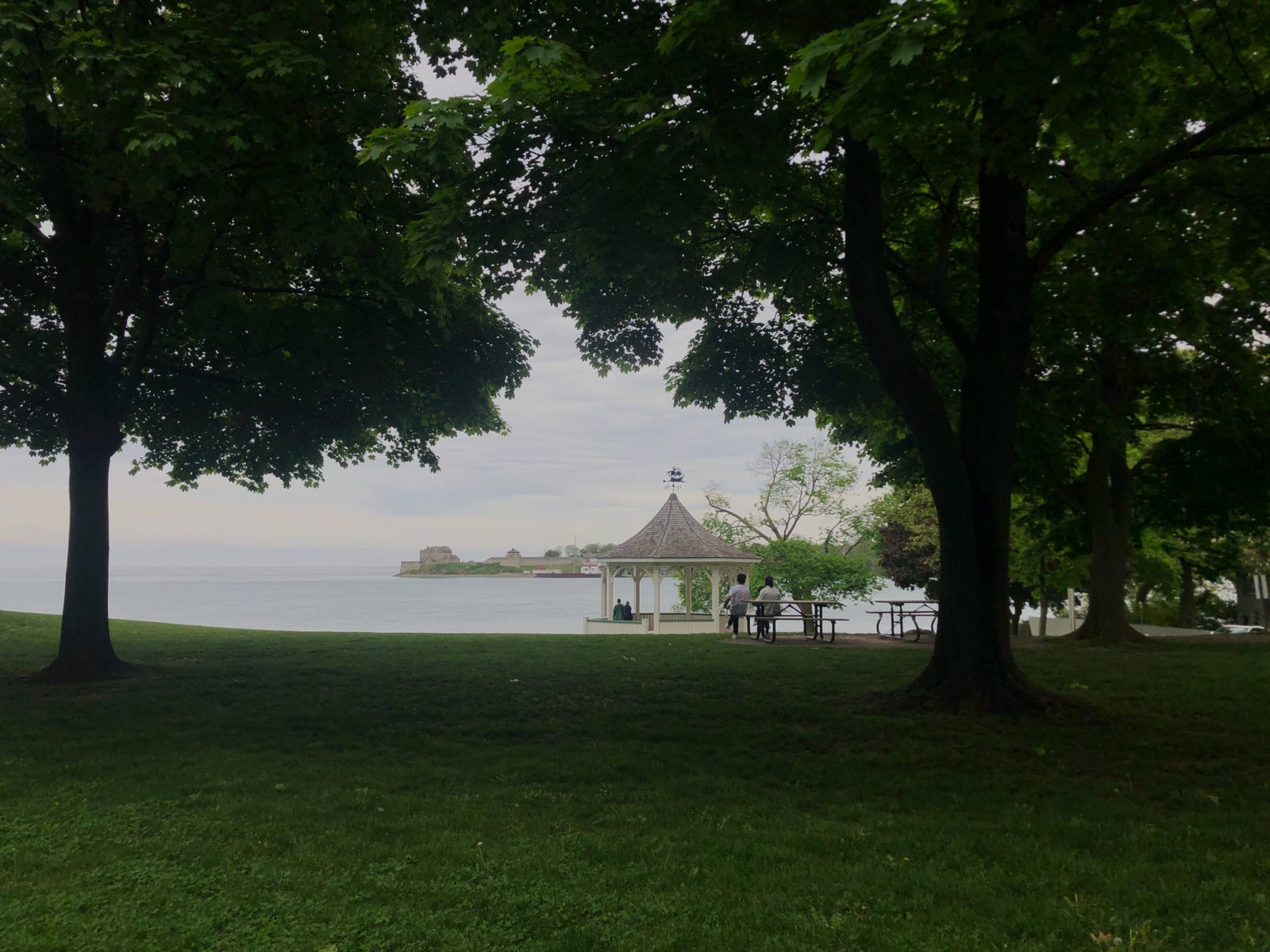Over the past few days, I have been battling a particularly nasty cold, which has reduced my energy levels to a mere ghost of what I consider normal.
Work of any sort was just not something I could contemplate so, rather than staring at the ceiling and feeling sorry for myself, I decided to catch up on reading the various trade journals I subscribe to.
In one of these publications – ArchDaily – I came across a short article, entitled: “What Is an Urban Oasis?”
As it turns out, the author of this article answered this question in the following fashion: “In an optimal project, the urban oasis constitutes a shaded area — preferably adorned with trees — equipped with suitable furniture for individuals to rest and access government-provided drinking water.”
If that definition sounds suspiciously akin to what most of us call a public park, it might be because that is exactly what is being talked about.
You see, the rapacious development model followed by most jurisdictions around the globe during the last 70 years has simply ignored the benefits of public treed green spaces in favour of creating higher-density buildings.
Parks became a superfluous indulgence in the drive to cover every iota of land with bricks, concrete, steel and glass. And the practice of developers paying municipalities a calculated fee in lieu of creating parks became the rule rather than the exception.
The human race has a sad propensity to forget the lessons of history and how our actions can adversely impact the ecosystem which supports our lives.
It seems to me that I was about eight or nine years old when my maternal grandfather told me about the cedars of Lebanon and the forests that once covered many parts of the Middle East.
He described the benign climate engendered by the pine and cedar forests that carpeted wide sections of the region, and its biodiversity teemed with wildlife.
The desertification of the Middle East, he said, was purely a result of blind and ignorant deforestation by human beings.
He believed that given indiscriminate logging practices, the concentration of urban centres in areas that had historically been the most bioproductive and the generalized reduction of healthy biodiverse green spaces would inevitably lead to similar desertification on a much wider, even global scale.
I also recall an occasion when my paternal grandfather and I were walking his farm. I asked him why he left so much good land to woodlots and windrows.
He answered, “Trees make the air sweet for us to breathe, manage the water and help to moderate the temperature. The wild critters that live in and under the trees help the land we work to be healthy. Cows that shelter in woodlots give better milk in larger quantity. Hogs that forage along the margins and amongst the windfalls yield superior meat.”
He concluded as such: “And besides,” he said with a sad chuckle, “come a strong blow or wind storm, those trees make sure my topsoil remains on my land and not my neighbour’s. That was something a lot of folks in the Dirty ’30s had forgotten about until they were forced to watch their farms dry up and blow away.”
It seems that both of my grandfathers were prophetic in their own ways, as the European Union’s Copernicus Climate Change Service announced in November that 2023 is virtually certain to be “the hottest year in the last 125,000 years.”
This year, we watched 16.5 million hectares of forest burn, a significant portion of which was second and third-growth sterile monoculture tree plantations.
And, while climate change activists the world over wring their hands and proclaim we must cut our carbon emissions – which is true as far as it goes – they seem to forget that healthy biodiverse green spaces are the world’s second-largest (behind healthy oceans) carbon sink.
Well, to be fair, it hasn’t been totally forgotten. In the 2019 election, the Liberals promised to plant two billion trees by 2030.
But, according to an audit report issued in April of this year, the program is unlikely to achieve even one-tenth of that two-billion tree commitment by the promised deadline.
Further, if this program is to preserve and protect biodiversity, the planting must include multiple tree species randomly placed and there is no indication that current seedling production is being ramped up and diversified to meet the 2 billion tree target.
So, once again, it becomes clear that government promises will not be kept.
Moreover, here in Ontario, we have just forced our provincial government to step back from gutting the Greenbelt and associated ecologically sensitive green spaces.
However, this week Premier Doug Ford’s government has given the go-ahead to cut down over 850 mature trees and clear the vegetation to make way for the planned redevelopment of Ontario Place.
Clearly, it devolves upon us as individuals to work together and preserve the green spaces we have while increasing the natural biodiversity on our lands.
Here in Niagara-on-the-Lake, we are blessed to have urban oases such as Simcoe Park in Old Town.
However, beyond the general awareness engendered by Paradise Grove and the Niagara Parkway Oak Necklace, most of us are unaware of the full natural heritage assets in town.
Selected examples of these assets might include the Scarlet Oak Grove in Queenston, the only “big tree” old-growth grove of Scarlet Oak identified anywhere in North America outside of the southern Appalachians.
Then, close by is the Birthplace of Niagara Walnut Grove: one of North America’s last surviving old-growth black walnut forest groves.
A couple of miles from there is the Gray Forest Shumard Oak Grove, which is one of only two old-growth Shumard oak (an endangered species) groves in Canada and one of three such groves outside of the southern United States.
And, while our urban tree cover is reasonable (not extensive), it continues to be whittled away at by development projects, a small example of which might be the one proposed for 474 Simcoe St. that calls for the removal of eight mature trees.
In addition, wind rows in vineyards may have benefits: Joan Davenport, an emeritus professor of Washington State University, suggests that climate change is increasing wind and wind events, and as such, recommends planting biological windbreaks in spots around vineyards where the natural vegetation (fast-growing trees, hedges or other plants that will be a safe haven for beneficial insects) can block the prevailing winds.
Let’s make more parks and deep-six the fee instead of an option. Let’s plant more native trees and other Carolinian shrubs. And, let’s save the precious natural heritage resources we have.
The planet will thank you for it — and so will future generations.
Brian Marshall is a NOTL realtor, author and expert consultant on architectural design, restoration and heritage.











